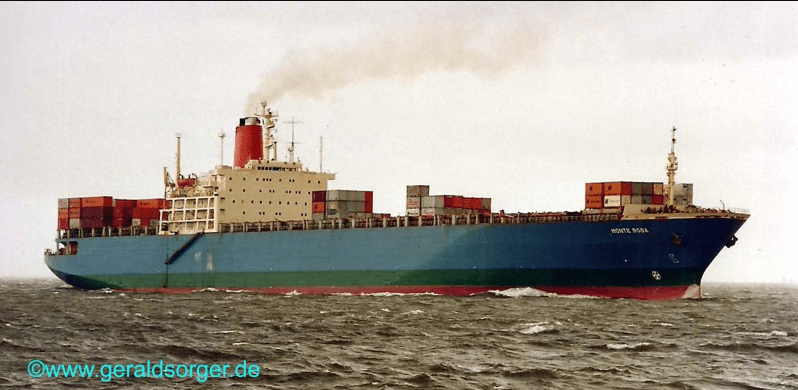Tomfh
Structural
- Feb 27, 2005
- 3,562
Follow along with the video below to see how to install our site as a web app on your home screen.
Note: This feature may not be available in some browsers.
You can only deflect, not stop.
LittleInch said:A full steel structure going down into the caissons would have given some resistance?
FacEngrPE said:A question might be, does the ship plow through the bridge pier or does the pier plow through the ship hull? Both? There is too much inertia to stop it without dumping the energy into breaking and / or deforming something.



ALK2415 said:There are many ways that could have stopped the runaway ship, including dropping three anchors, even when the propulsion engines or power generators were not working!
ALK2415 said:I think it is possible that some influential companies have cooperated/colluded to sink this bridge
The fact that the incident is almost impossible to happen
There are many ways that could have stopped the runaway ship, including dropping three anchors, even when the propulsion engines or power generators were not working!
